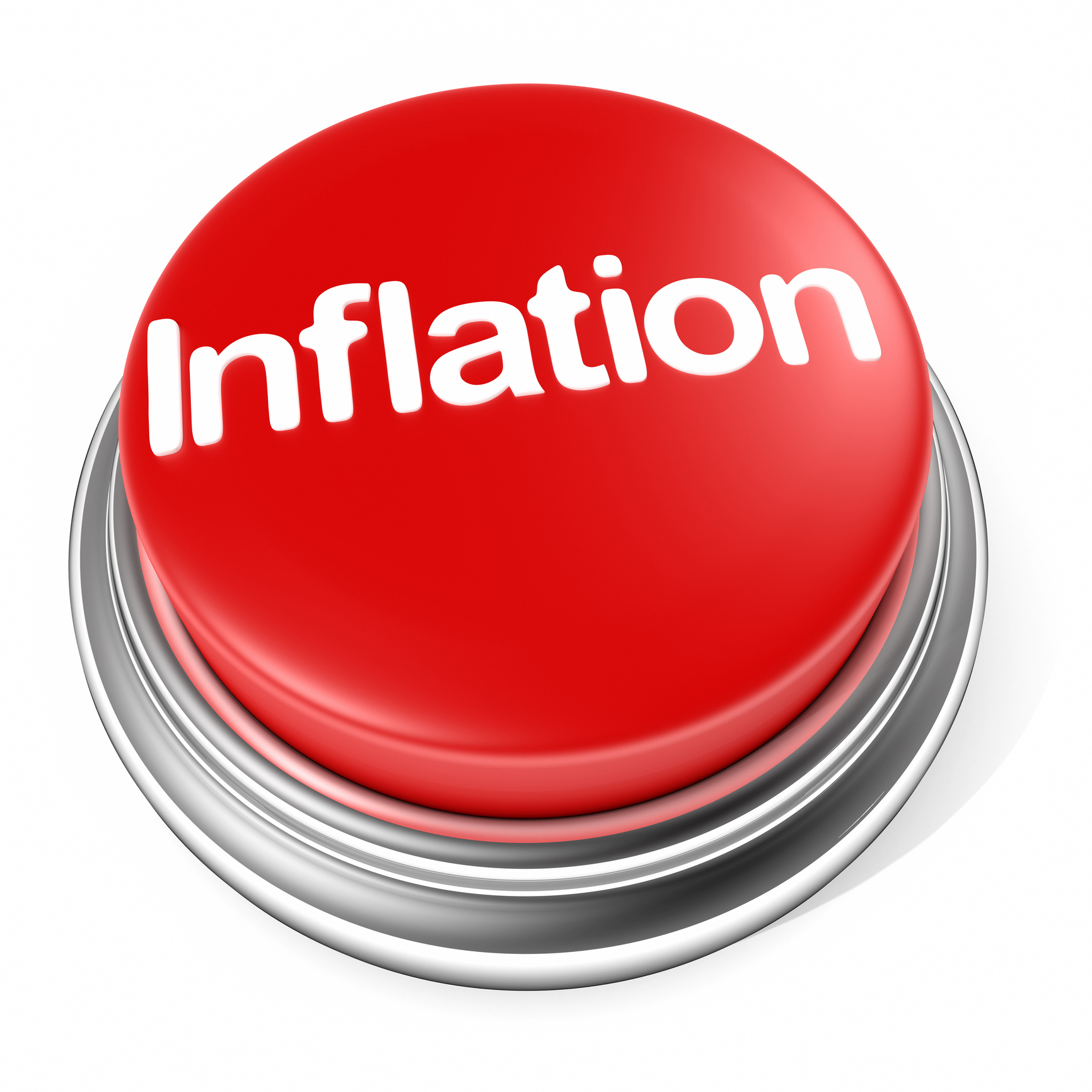Economy
Consumer Prices in December Set Stronger Inflation Pressure for 2018

Published:
Last Updated:

Inflationary pressures seem to be building as we enter 2018. The latest reading on the Consumer Price Index is back up closer to the Federal Reserve’s inflation targets. Friday’s key report from the Bureau of Labor Statistics (BLS) showed that the all-inclusive price index rose by 0.1% in December from the November reading, but that reading was up by 2.1% compared with December 2016.
The core inflation reading, which consumer prices excluding food and energy, rose 0.3% in December from November but rose 1.8% from the December 2016 reading. That monthly 0.3% core pop was the highest since last January.
Against the Bloomberg headlines, the monthly readings were matched against the consensus estimates, but the readings were both 0.1% higher than expected on the annualized inflation reading. Keep in mind that the Federal Reserve wants inflation in a 2.0% to 2.5% range on the annualized level, and higher inflation is also expected to justify further interest rate hikes ahead as the Fed moves back toward a normalized interest rate policy.
Most of the pressure here in December’s inflation was tied to housing and medical costs. Housing was up 0.3%, and medical costs were also up 0.3% from higher prescription drug costs. The BLS reported that the 0.4% increase in the shelter index accounted for almost 80% of the one-month all items increase.
While oil prices have accelerated in January, it may stand out that the December monthly energy prices as a whole were down 1.2% — but gasoline was down 2.7% in December. There was a huge difference in the monthly readings compared with the year-over-year readings. The BLS said in its December report:
The energy index rose 6.9 percent in 2017 after a 5.4-percent increase in 2016. The gasoline index increased 10.7 percent in 2017 following a 9.1-percent increase in 2016. The index for natural gas also increased for the second straight year, rising 4.7 percent in 2017 after increasing 7.8 percent in 2016.
Food prices rose by only 0.1% in December. Apparel prices were down 0.5% last month, making it the fourth straight decline. Airline fares and tobacco costs were down, while wireless telecom prices were unchanged.
Where this report is interesting is not in the numbers just being close to the 2.0% annualized inflationary readings. It is that millions of workers are now getting bonuses or pay raises on the heels of tax reform, and wage pressures have been seen in 2017 with the economy at or nearing full employment.
Now throw in the latest rise in oil prices in January, and think about what will happen to gasoline prices if the latest gain in oil does not taper back off. According to GasBuddy, the average price of gasoline at the pump in America was just above $2.50 per gallon at the start of January. That was closer to $2.30 at the start of 2017.
Inflation might not be knocking down your door, and it might not be nipping at your heels. Still, inflationary pressures have a lot of support here that could push prices higher into 2018.
If you’re one of the over 4 Million Americans set to retire this year, you may want to pay attention.
Finding a financial advisor who puts your interest first can be the difference between a rich retirement and barely getting by, and today it’s easier than ever. SmartAsset’s free tool matches you with up to three fiduciary financial advisors that serve your area in minutes. Each advisor has been carefully vetted, and must act in your best interests. Start your search now.
Don’t waste another minute; get started right here and help your retirement dreams become a retirement reality.
Thank you for reading! Have some feedback for us?
Contact the 24/7 Wall St. editorial team.